21. August, 2025delish0
In industries such as film, paper, nonwovens, and composite materials, slitting machines are the core equipment for back-end processing. A well-chosen slitting machine can greatly improve production efficiency, yield and overall profitability. On the contrary, improper selection can lead to frequent bottlenecks, serious waste, and high costs.
Putting aside the complex secondary functions, the core of determining the production efficiency of the slitting machine lies in the following five key parameters.
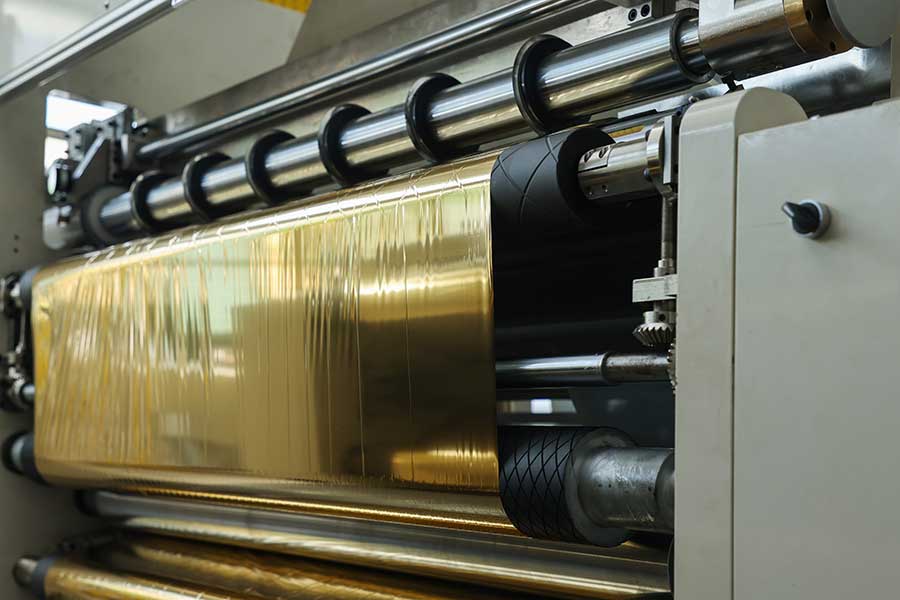
Key parameter 1: Slitting speed (m/min, m/min)
What is it?
Slitting speed refers to the maximum linear speed at which the material (film, paper, etc.) travels during stable operation of the slitting machine, usually in meters per minute (m/min).
Why is it important?
The slitting speed directly determines the theoretical maximum output of the equipment. The higher the speed, the more raw materials can be processed per unit of time, and the production efficiency will naturally be higher. It is the primary metric for measuring the grade and performance of the slitting machine.
How to choose and consider?
• Match existing production lines: Your slitting machine speed should be higher or at least match the speed of your upstream (e.g., printing machines, coating machines) and downstream (e.g., packaging machines) equipment to avoid production bottlenecks.
• Material Type: Different materials adapt differently to speed. For example, slitting thin and light plastic films can reach more than 600m/min, while slitting thick paper or composite materials at much lower speeds.
• "Available speed" rather than "maximum speed": Manufacturers usually mark the highest mechanical speed, but stable operating speed (usually 60%-80% of the maximum speed) in actual production is more critical. Be sure to ask what is the stable production speed of the equipment on your material.
• Acceleration/deceleration performance: Start-stop smoothness at high speeds is equally important, which is related to rewinding efficiency and scrap reduction.
Conclusion: Don't blindly pursue the highest speed, but aim for "efficient speed" that can operate stably on your material.
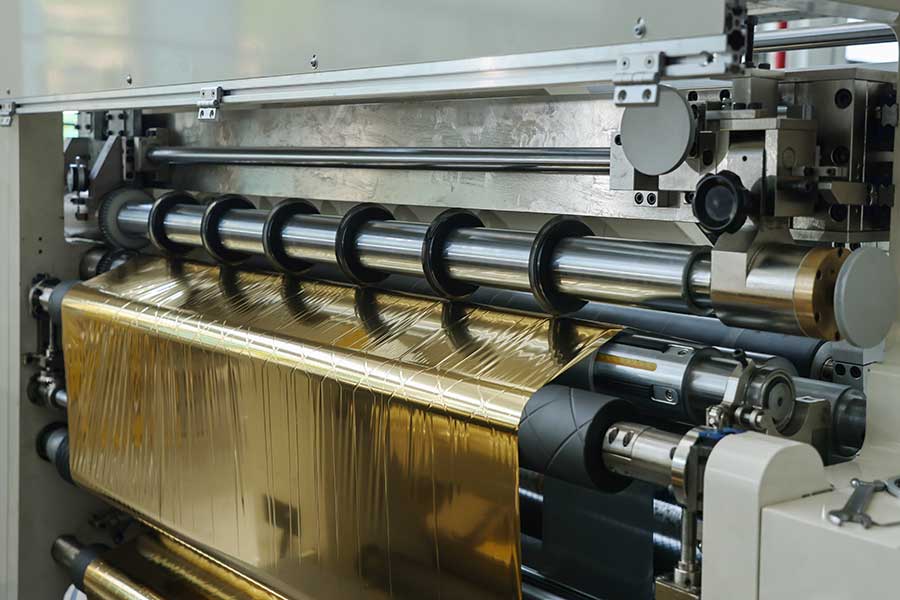
Key parameter 2: unwinding and rewinding diameter (mm, mm)
What is it?
This refers to the maximum raw material roll diameter that the equipment can carry (unwinding) and the maximum finished roll diameter that can be reeled (winding).
Why is it important?
• Unwinding diameter: Determines how large rolls of raw material you can use. Large rolls of raw materials are less expensive to purchase and reduce the number of reel changes, which increases overall utilization (equipment operating time).
• Rewinding diameter: Determines the size of the finished roll. Large roll delivery can reduce the frequency of rewinding for downstream customers, improve product competitiveness, and reduce the number of unwinding times and improve efficiency.
How to choose and consider?
• Match the supply chain: Your unwinding diameter must be compatible with the size of the raw material roll provided by your supplier and the load capacity of your handling equipment such as trucks and forklifts.
• Match downstream demands: Your winding diameter should meet your customers' needs. Do you need to produce large rolls directly, or do you need to cut them into smaller rolls?
• Rigidity of equipment: Large diameter rolls mean enormous weight and tension, which requires extremely high rigidity of frames, shaft cores, and bearings. Ensure that the equipment is reinforced to carry large volumes.
Conclusion: Choosing a larger diameter equipment often means higher production efficiency and lower operating costs, subject to the premise of plant and logistics.
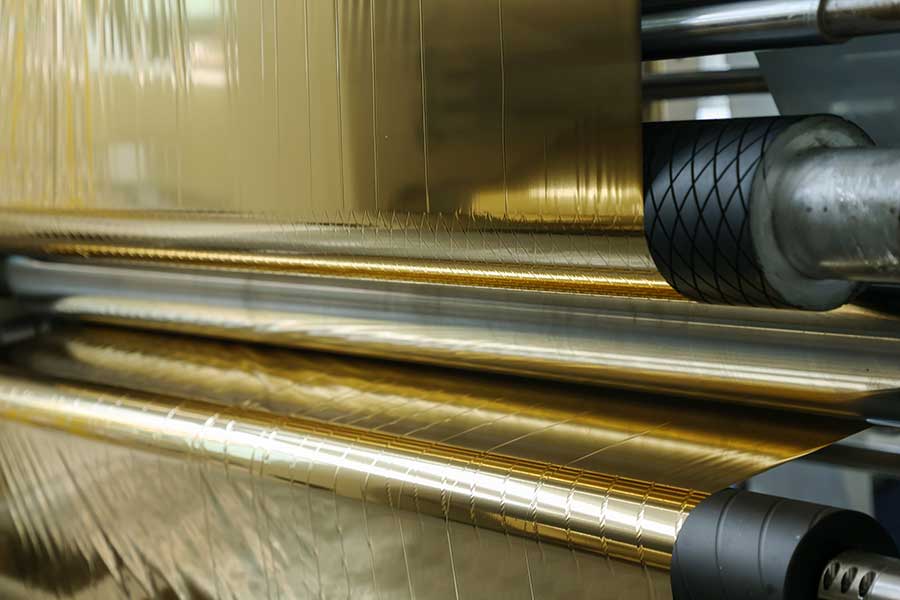
Key parameter 3: slitting width (mm, mm)
What is it?
The slitting width refers to the maximum width of the raw material that the slitting machine can handle.
Why is it important?
• Raw material utilization: If the width of the raw material you purchase is fixed, the effective slitting width of the slitting machine determines how you nest and unload, which directly affects the utilization rate of the material and the amount of waste edges.
• Production Flexibility: Wider slitting machines can handle more specifications of orders, and one machine can be compatible with a wide range of products, from narrow to wide, without the need for frequent equipment replacements.
How to choose and consider?
• Reserve allowance: The maximum width of the slitting machine should be at least 50-100mm larger than the width of your current raw material to facilitate threading, correction, and occasional wide orders.
• Tool holder layout: Understand the slitting method (e.g., upper and lower round knives, razors, etc.) and the number and movement of tool holders (whether manual locking or electric slide), which affects the adjustment speed when changing product specifications.
Conclusion: Choose a device that is wider than your current maximum needs to make room for future business growth.
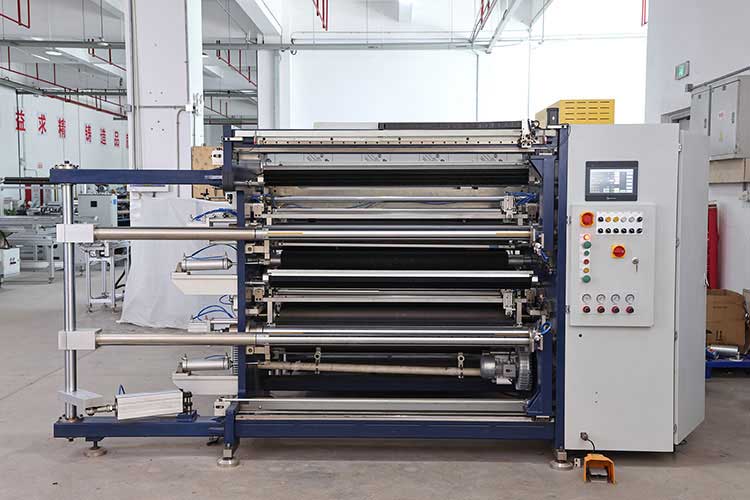
Key parameter 4: tension control system
What is it?
Tension control is the "brain" and "nerve" of the slitting machine, which exerts precise and stable pulling force on the material throughout the unwinding, slitting, winding process through sensors, magnetic powder clutches/brakes, servo motors and other components.
Why is it important?
Tension control is the soul that affects the quality of slitting and directly determines the yield. Unstable tension can lead to:
• Uneven winding: There are problems such as "cabbage sum" rolls, horn rolls, and collapsed edges.
• Material stretching or deformation: Affects the dimensional accuracy of the product or even pulls the material.
• Surface Damage: For materials like films, excessive tension can cause scratches or brushing.
How to choose and consider?
• Control mode:
◦ Manual/mechanical control: basic elimination, poor accuracy.
◦ Automatic tension control: The current mainstream, using PLC and sensors for closed-loop control, high precision.
◦ Full servo tension control: The highest configuration, the unwinding and unwinding are all servo motors, the control accuracy and stability are excellent, especially suitable for high-end films, battery separators and other materials.
• Segmented control: Excellent equipment has independent segmented control capabilities of unwinding tension, traction tension, and winding tension, and can realize taper tension control (linear reduction of tension as the winding diameter increases, preventing the core from being crushed).
Conclusion: Within your budget, choose a tension system with higher control accuracy and smarter control whenever possible. It is the basis for ensuring high-quality and efficient production.
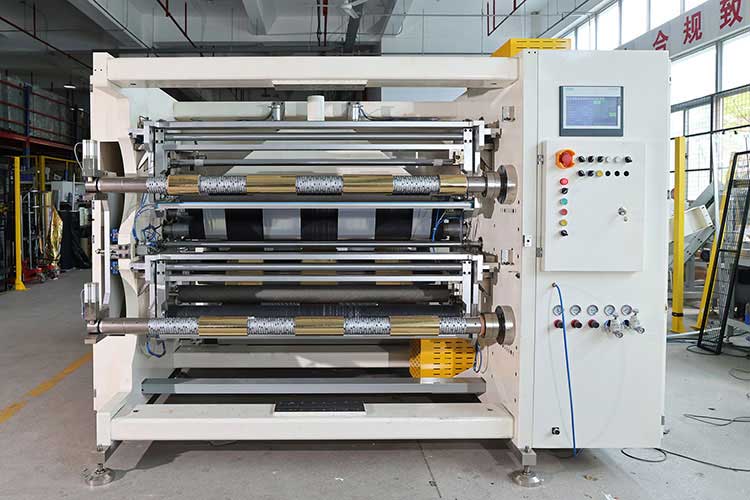
Key parameter 5: Automation and ergonomics (HMI)
What is it?
This refers to the degree of automation and ease of operation of the equipment, including automatic unwinding, automatic dressing, one-click order change, remote diagnosis, data acquisition and other functions, which are operated through the human-machine interface (HMI touch screen).
Why is it important?
• Reduced Assistance Time: Automation minimizes manual operations such as rewinding, threading, and adjusting, directly increasing the net production time of the equipment.
• Reduced Dependence on People: Streamline operations, reduce reliance on skilled operators, and reduce human error.
• Improved consistency: Parameter recipes are stored and recalled with one click to ensure consistency across different batches of products.
• Data Traceability: Record production data for easy quality traceability and efficiency analysis.
How to choose and consider?
• Evaluate labor costs: If labor costs are high or difficult to recruit in your area, investing in automation is a smart move.
• Order Features: If your order batch is small and you change orders frequently, quick setting features like "One-click Order Change" will greatly improve efficiency.
• Future factory planning: Whether the equipment has networking (IoT) capabilities to provide interfaces for future access to MES systems and smart factories.
Conclusion: Automation is not the "icing on the cake" but a "must-have" to improve overall production efficiency and meet labor challenges.
Summary and purchase suggestions
| Key parameters: | Core Focus | Impact on production efficiency |
| Slitting speed | Stable production speed, not maximum speed | Directly determines the output per hour |
| Retraction and unwinding roll diameter | The equipment is rigid and matches the upstream and downstream | Reduce the number of roll changes and improve the utilization rate |
| Slitting width | Raw material utilization and production flexibility | Affects tool rowing schemes and material losses |
| Tension control | System accuracy and stability (full servo is preferred) | Determine the yield and reduce quality loss |
| Degree of automation | Reduce assistance time and dependence on people | Improve net production time and ensure consistency |
Final recommendations:
Within the framework of your budget, communicate with reliable equipment suppliers based on your specific material characteristics, order structure (large volume vs. small batch with large volumes), existing line speeds, and future business prospects. It is highly recommended to bring your material samples to the manufacturer for on-site testing, as this is the most reliable way to verify that the equipment truly meets your "productivity" needs.





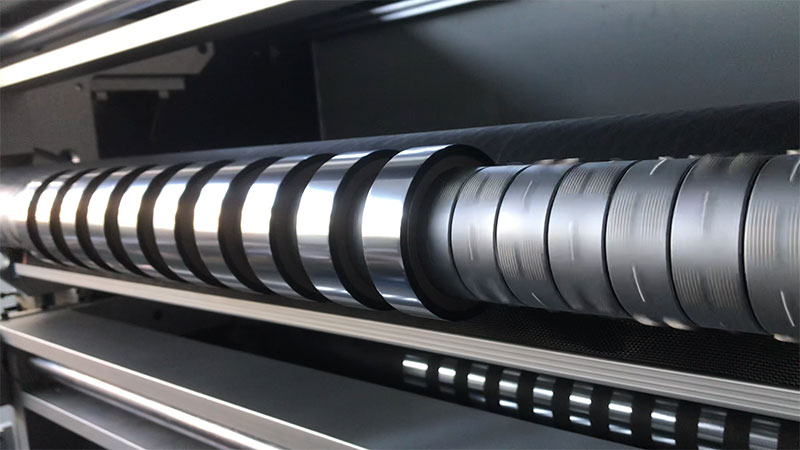
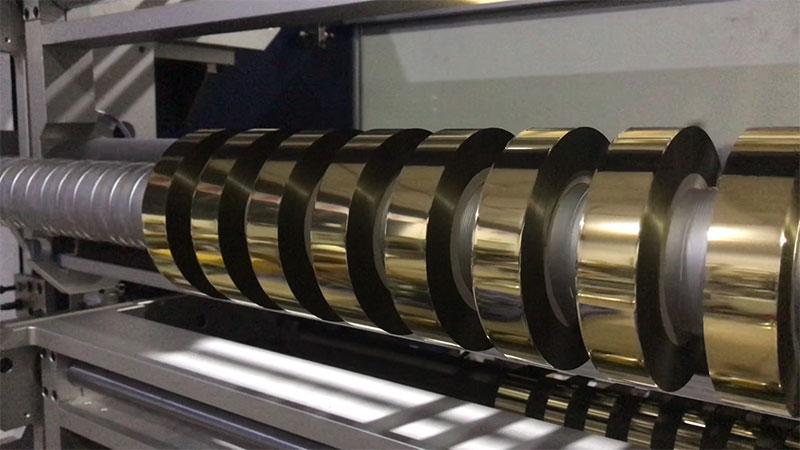
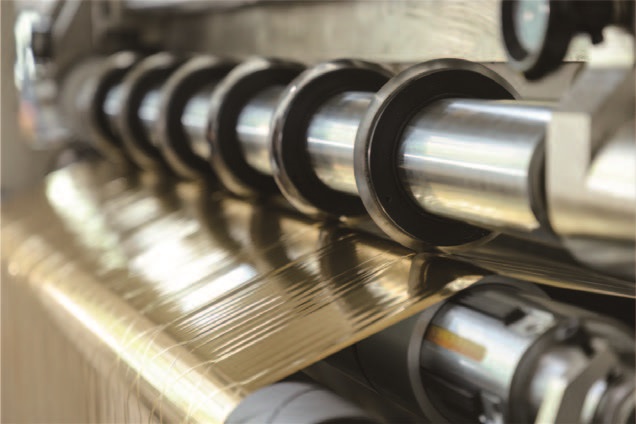
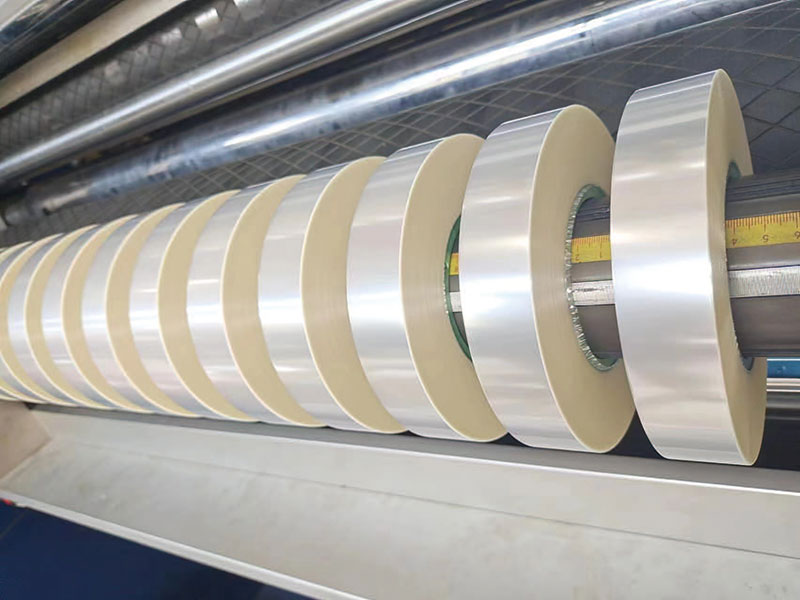
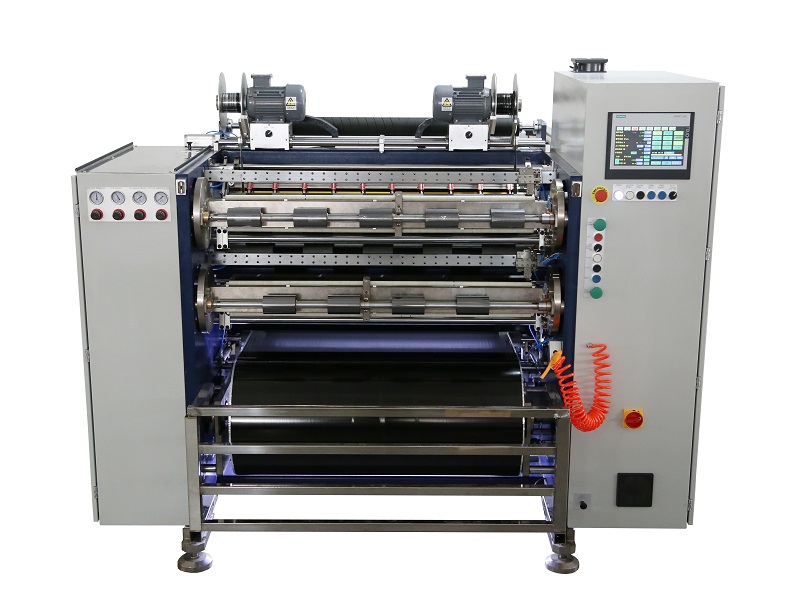 Fully Automatic TTR Slitter RSDS8 Plus
Fully Automatic TTR Slitter RSDS8 Plus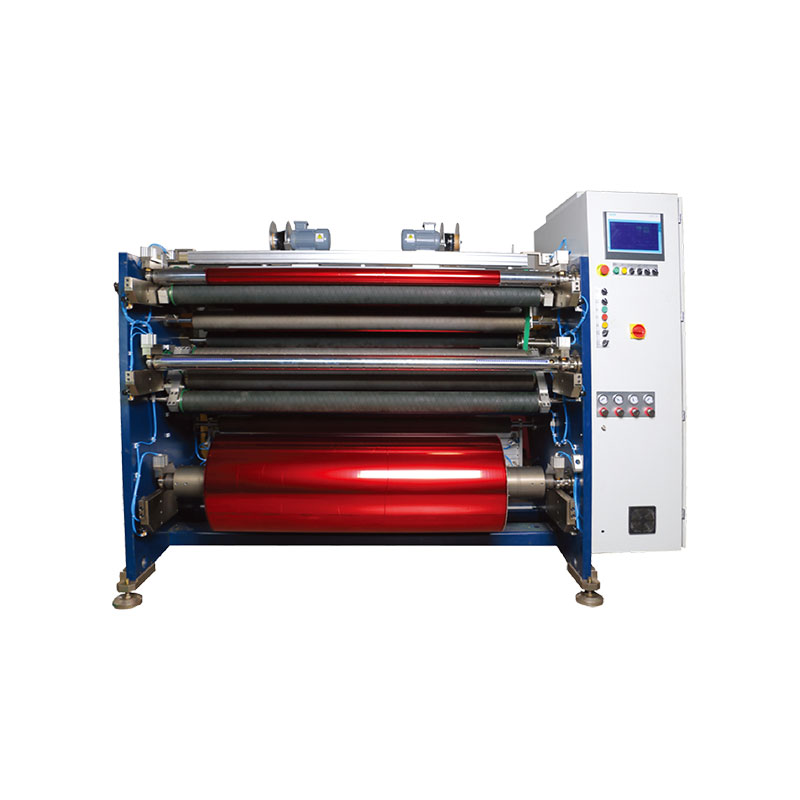 Hot Stamping Foil Slitter 1600mm
Hot Stamping Foil Slitter 1600mm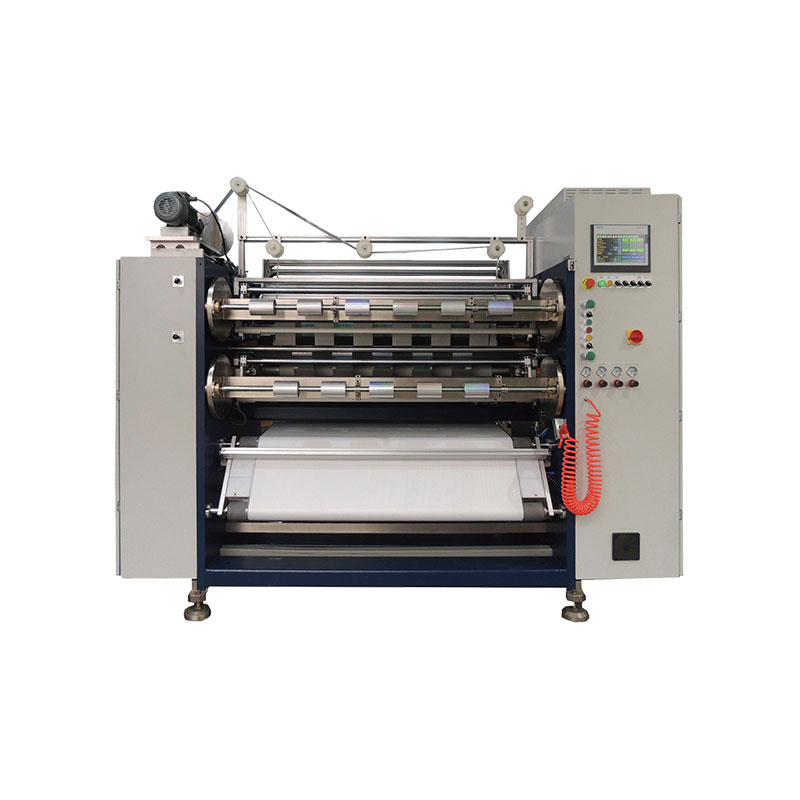 Hot Stamping Foil Slitter (4 Shafts)
Hot Stamping Foil Slitter (4 Shafts)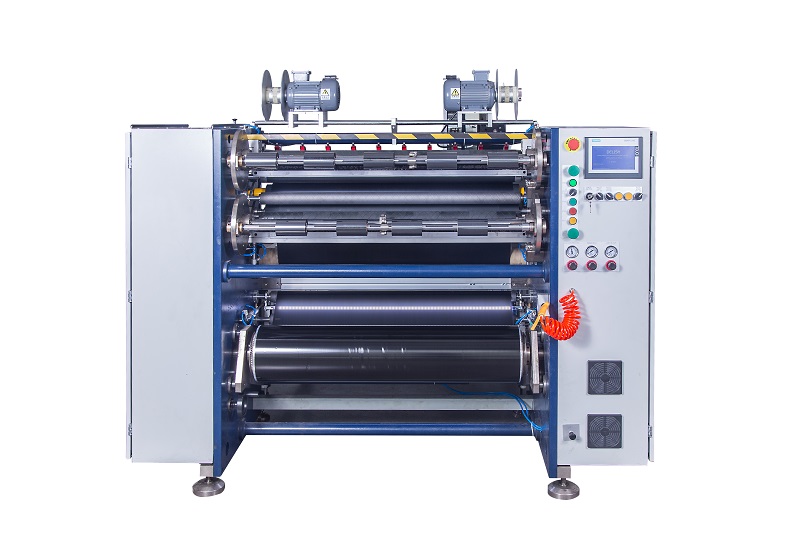 Semi-Auto TTR Slitter RSDS2 Plus
Semi-Auto TTR Slitter RSDS2 Plus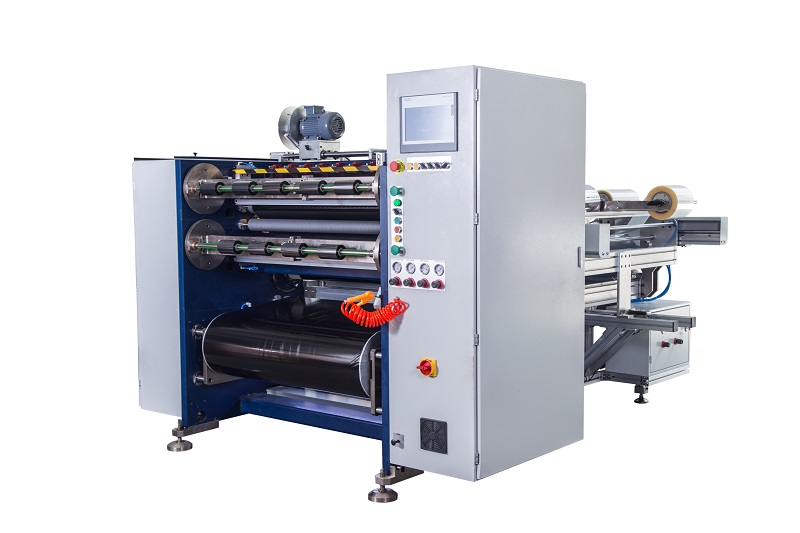 Semi Automatic TTR Slitter RSDS5 Plus
Semi Automatic TTR Slitter RSDS5 Plus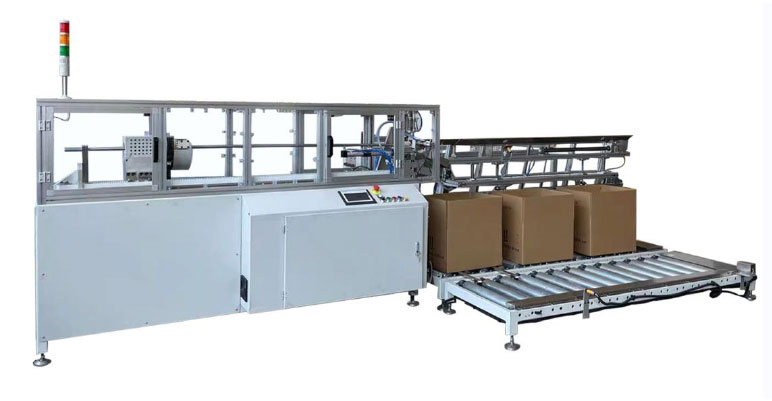 Auto Paper Core Cutter
Auto Paper Core Cutter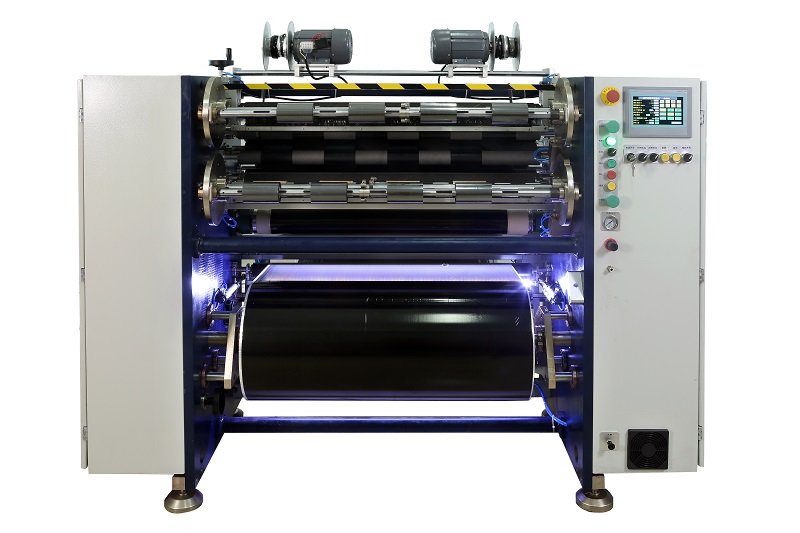 Manual TTR Slitter RSDS2
Manual TTR Slitter RSDS2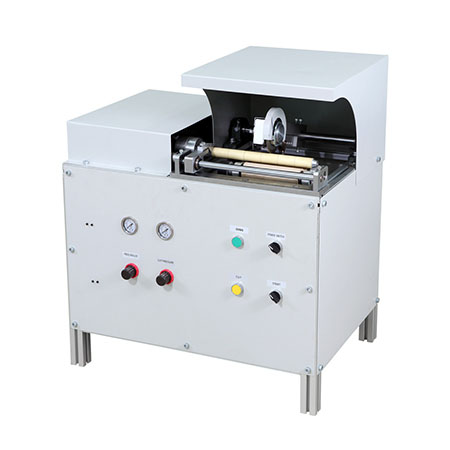 Manual Paper Core Cutter
Manual Paper Core Cutter





